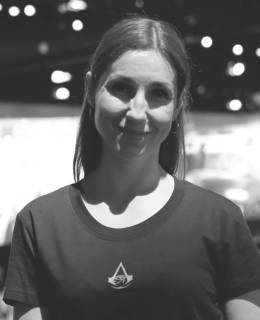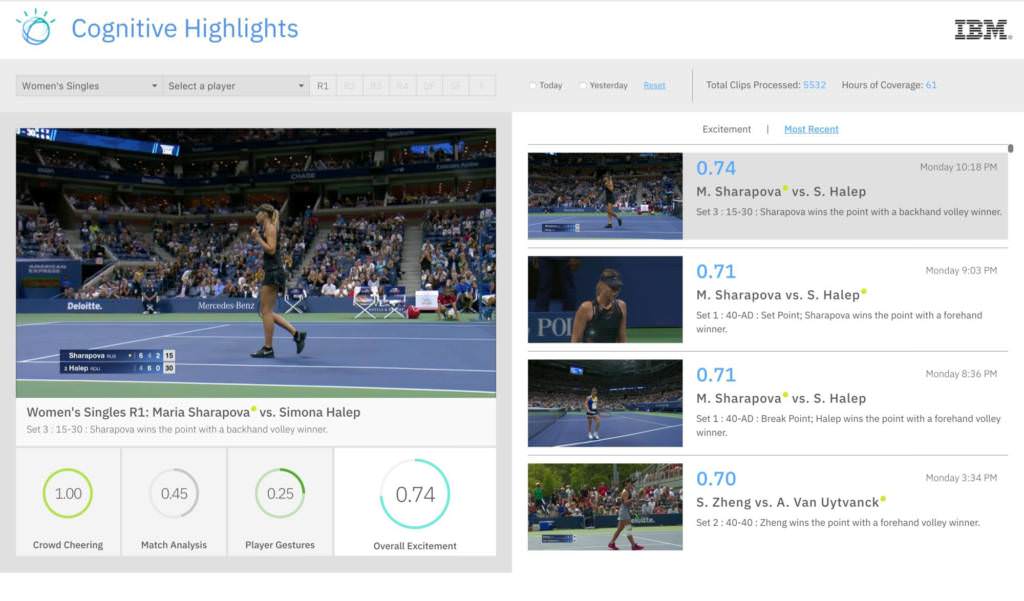Air New Zealand is enticing travelers and selling the qualities of the country with a new video-led global marketing campaign.
For “A Better Way to Fly,” the brand got creative with its communication through “Pete,” a CGI character inspired by New Zealand’s national bird, the kiwi. The emblematic creature is voiced by New Zealand actor and Jurassic Park star Sam Neill.
“With any campaign, we start with understanding the market, the insights and what some of the barriers are. For us, distance is a barrier. People have a perception that it’s a really long way to fly to New Zealand. People weren’t really familiar with the product and the services we offered,” Jodi Williams, general manager of global brand and content marketing, told AListDaily. “We always look at how we can bring a story to life. An animated character is a really great way to engage audiences across any age. They can get away with saying a lot of things and add humor.”
The 77-year-old brand has previously enjoyed success with a CGI goose and, believe it or not, safety videos. It stuck with a similar formula with the animated, free spirit of Pete, a wingless kiwi-turned-spokesbird who can’t fly, but still holds his homeland up high.
In the video series, the animated birdbassador’s job is clear—sell consumers on the journey through New Zealand tourism and the brand’s in-flight perks of premier dining, wine and plush business cabins.
For the launch of its three-year campaign, a celebration took place in Culver City, California earlier this month. The airline tapped award-winning chef Michael Meredith and New Zealand-bred celebrities such as supermodel Rachel Hunter, rugby player and Game of Thrones actor Joe Naufahu and singer Gin Wigmore to share stories about the land of the long white cloud. Bottles of premium New Zealand wine endlessly flowed across the foyer and surely helped change consumer perception about Oceanian travel.
“New Zealand has some of the most gorgeous landscapes in the world, and an amazing culture and tradition,” Hunter told AListDaily. “It’s a diverse place filled with happy people. As soon as you get off the plane, you can immediately feel it.”
In addition to its celebrity spokespeople, the airline carrier had experiential tech stations for guests to get a better understanding of the country, including a Microsoft HoloLens demo of in-flight options, a VR demo and a conversation with Sophie, the artificial brand ambassador. However, the chatbot Oscar, which launched earlier this year, did not make the trip.
The global campaign was launched in North America and will emphasize gaining consumer awareness, specifically in California and Texas. Over the next six months, it will hit second legs in Canada, Europe, China, Japan and South America. It’s the first time the carrier has taken a single approach across markets around the world. The carrier will be activating a multi-level marketing strategy and campaign with a “hero, hub and help” approach, Williams said.
The “hero” is the initial piece of content that’s designed to drive awareness and cut through the market. The “hub” layer tells more specific stories of Air New Zealand’s product and services. The final stage of “help” entails detailed information that potential consumers would want to know before making a purchase decision.
“You get awareness driving down to relevance. We actually overlay our content marketing strategy over the purchase funnel,” Williams says. “People like and adhere to the domestic travel experiences. Air travel doesn’t have the best reputation, so we asked, ‘How do we communicate that Air New Zealand is a great premium product and service?’ When people are going through the purchase-decision process, they often have four-or-five destinations in mind. For us, people first need to consider the destination—so it’s about selling New Zealand and Australia—and then hopefully have them to fly with us.”
Through June this year, 325,000 visitors arrived in New Zealand from the US—a 26 percent increase year-over-year, according to TNZ Active Considerer Monitor and TNZ arrivals data. Williams says research indicates 27 million Americans are interested in holidaying in New Zealand, which means huge potential for them to further tap into demand.
Considering its geographic location, Air New Zealand has to leverage platforms like WeChat and Weibo just as much as Facebook, Instagram and Snapchat via paid media across digital and social to get the message out.
“It really becomes quite a complex campaign. You end up with a big content matrix, where you’re looking at every channel. That’s the sheer growth of channels that we’re seeing across marketing,” Williams says. “Ultimately, we hope that we’re keeping it entertaining, engaging and simple for the consumer as we try and get those key Air New Zealand messages conveyed.”
Williams said that if they were launching a marketing campaign three-to-five years ago, they’d have a 90-, 60- and 30-second ad. Now they end up in the neighborhood of 30 pieces and complement them with other strategies.
“We do a lot in influencer marketing and give them a very specific job to do,” Williams said. “There are some smaller elements to this campaign. Our focus is definitely on paid, getting reach and really working on social and partnerships in order to extend that reach. We’re a small airline, and therefore the approach we take to marketing can often be quite innovative, quirky and different in order for us to get that cut-through and extend reach.”
“A Better Way to Fly” is ultimately banking on equity the brand has built with its popular safety videos. Since 2009, the airline has produced 15 separate installments starring the likes of Betty White, Chrissy Teigen, Cuba Gooding Jr. and Katie Holmes.
“Safety videos were very boring and functional before us,” Williams says. “We turned the category on its head and people started to pay attention. We now have over 108 million views on our safety videos. Customers are still enjoying them and asking when the next one is coming out. We’re very proud of that—it does a fantastic job for us. It’s gone from being a safety video to a global marketing campaign. The value it gives us far exceeds any kind of traditional advertising that we do.”
Williams says finding the balance between being cheeky, entertaining and informative is critical to maintaining brand relevancy.
“Your brand needs to keep moving. You have to actively manage your brand. You need to be aware of your customers and their changing needs. You need to be real, genuine, open and honest,” she says. “I think that Air New Zealand has always been like that. We have a real authenticity to our brand. We’re very fortunate that we have this mix and can still be a little cheeky.”





